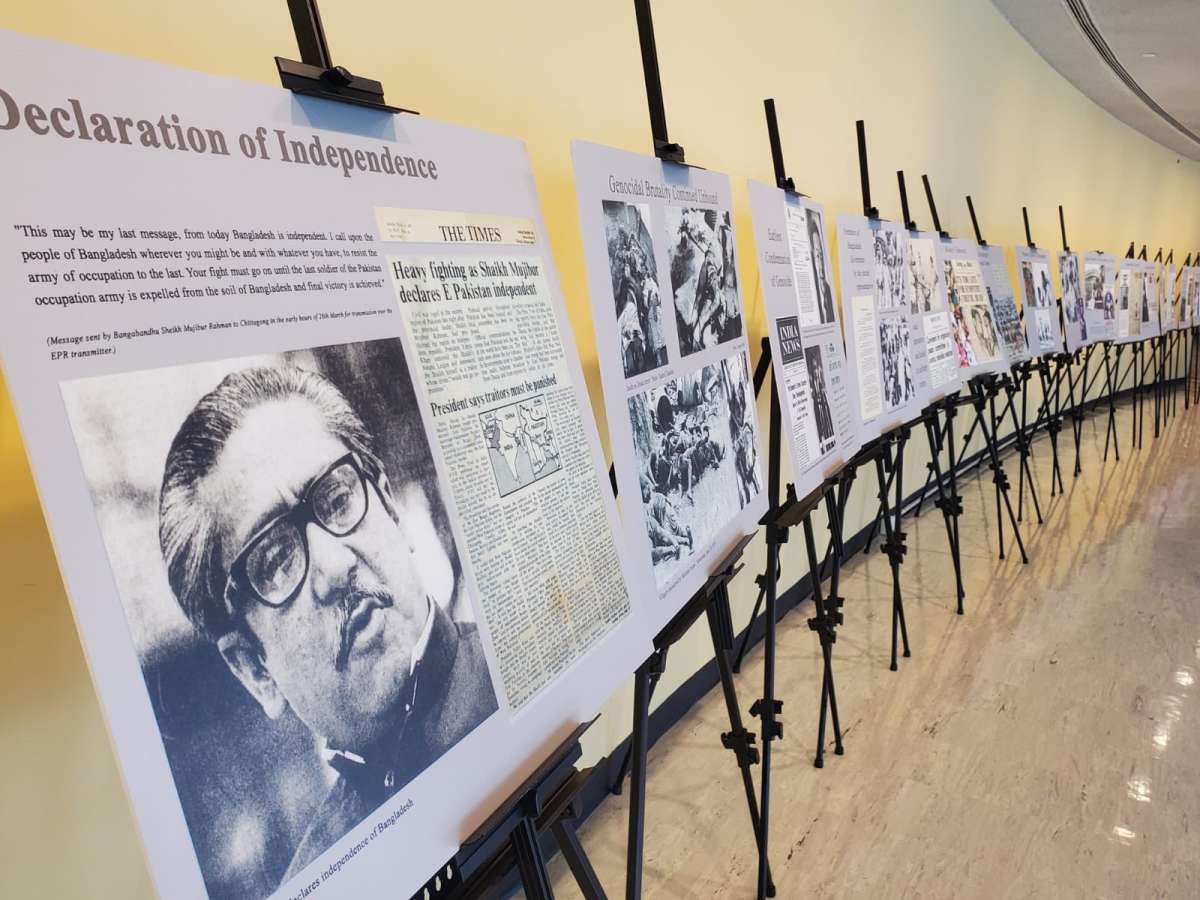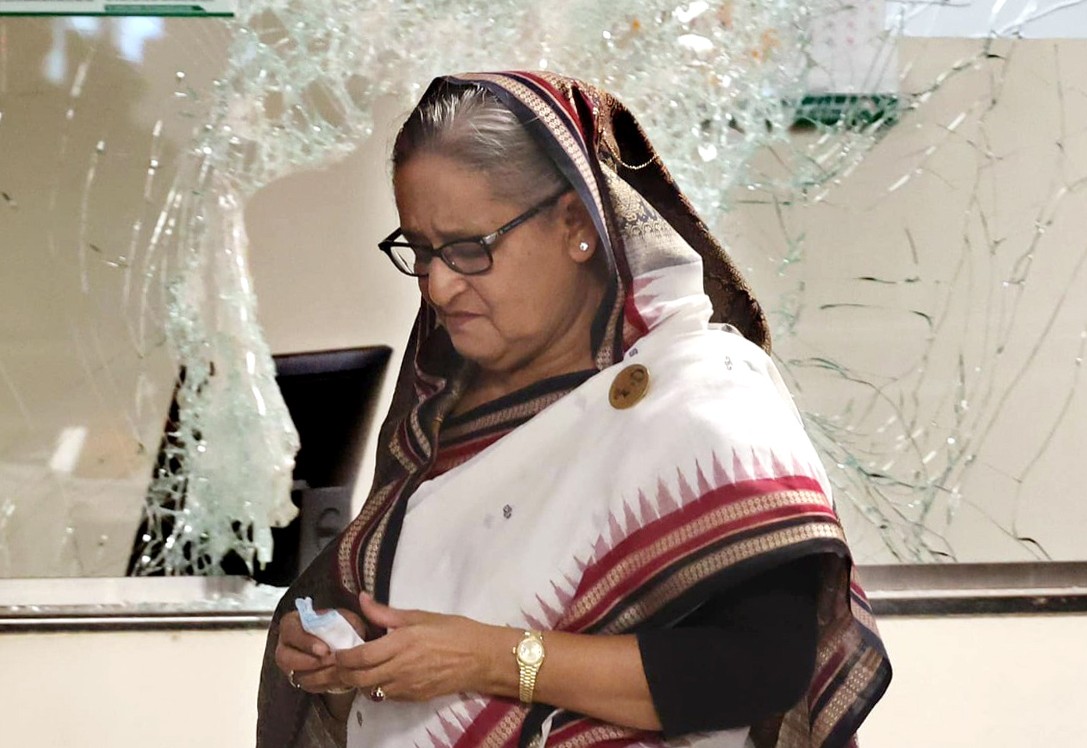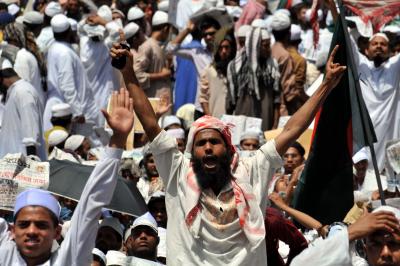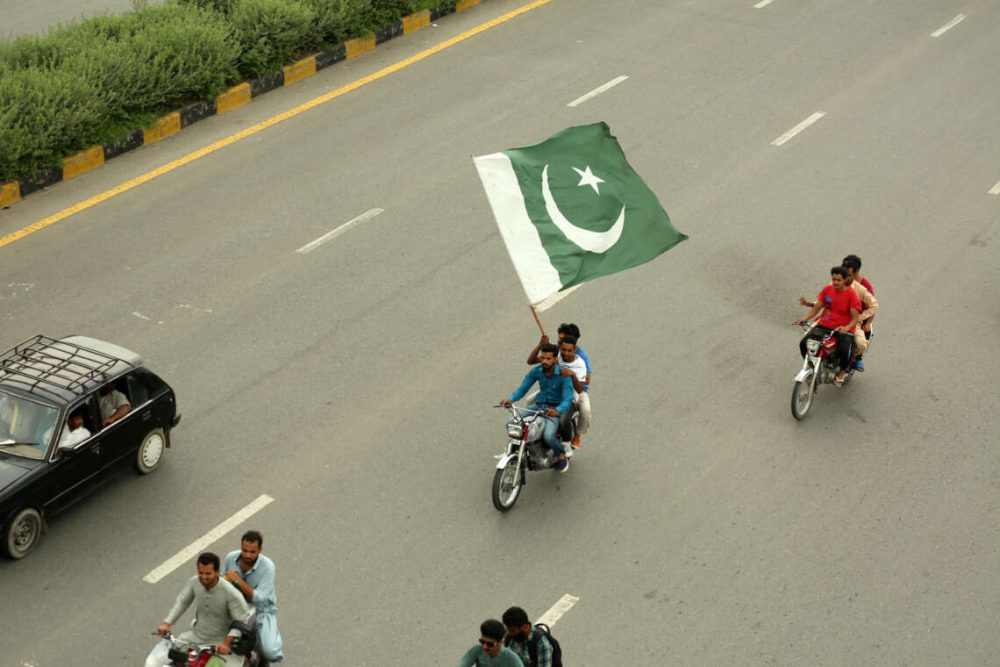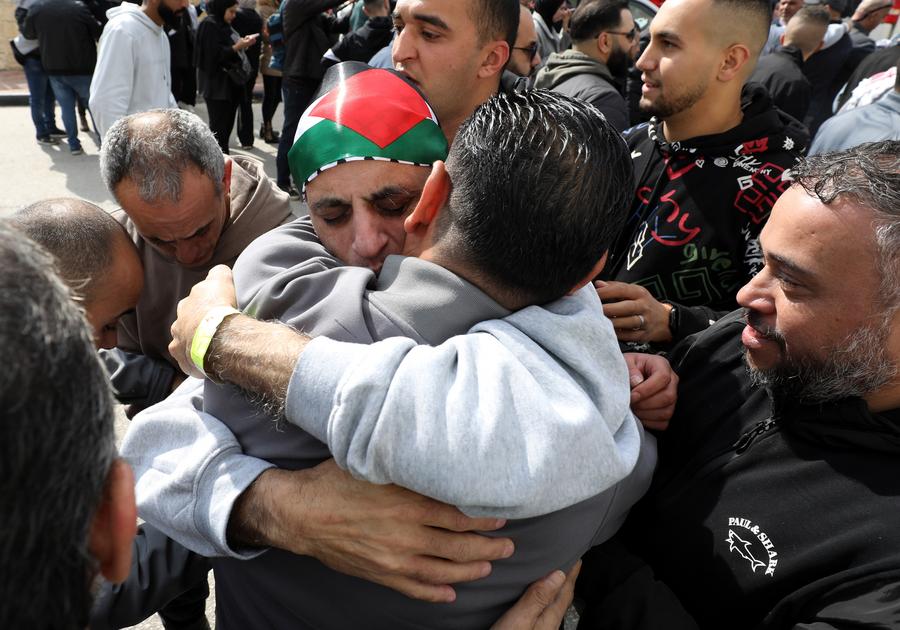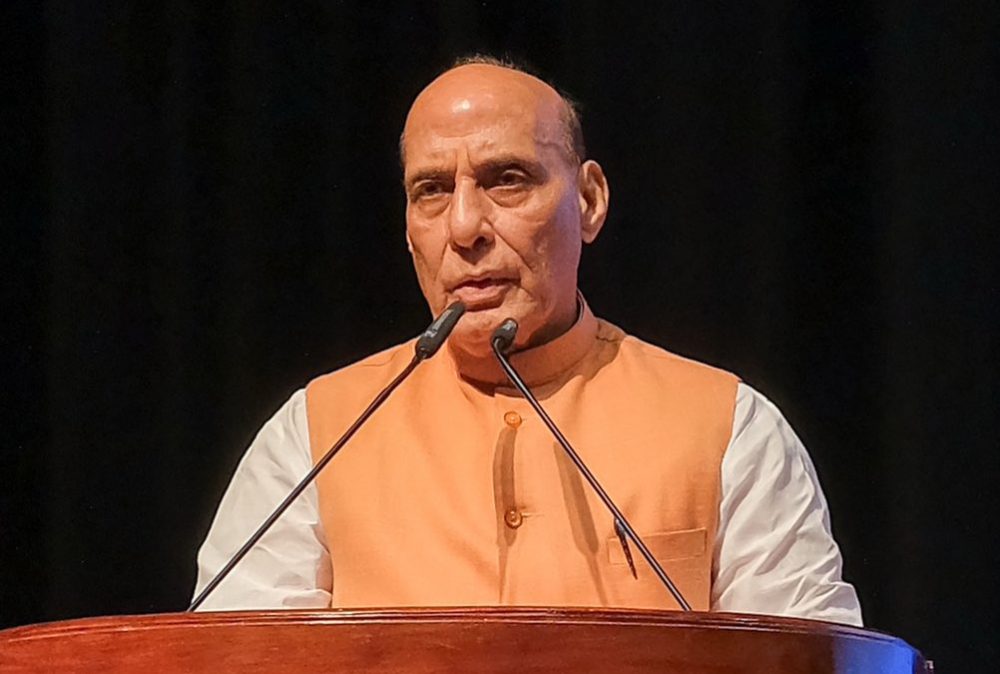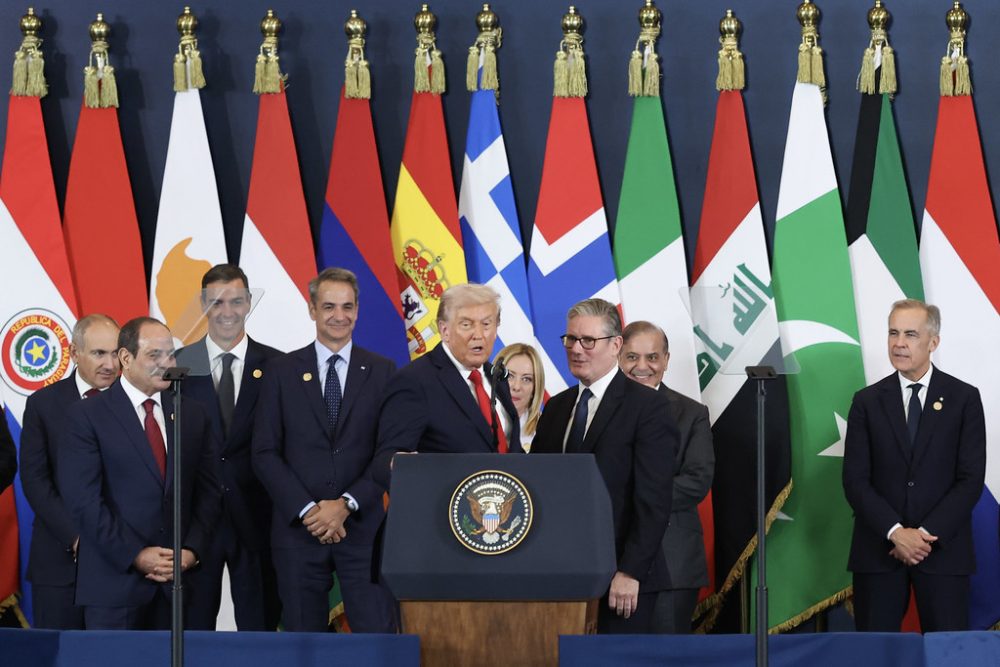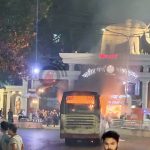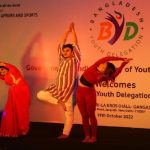How do we recall the horrors of 25 March 1971? To what degree do Bengalis recollect the terror they as a nation were subjected to by an organized army even as they waited for a peaceful, pragmatic resolution to the political crisis, writes Syed Badrul Ahsan
The people and government of Bangladesh observed Genocide Remembrance Day on 25 March. The adoption of a resolution on March 11, 2017 by Parliament on the observance of 25 March as Genocide Remembrance Day testified to the significance of the day. That question has nothing to do with the platitudinous or the emotional, though platitudes and emotions are always necessary components of the human experience everywhere. But now that Bangladesh’s people officially have 25 March as an annual remembrance of the killings that the Pakistan occupation army resorted to in 1971, it is important that we do the remembering in all its details.
How do we recall the horrors of 25 March 1971? To what degree do Bengalis recollect the terror they as a nation were subjected to by an organized army even as they waited for a peaceful, pragmatic resolution to the political crisis which overtook the state of Pakistan between the first general election in its history and the repudiation of the results of the election by the civil-military complex based in what was known till then as West Pakistan?
Some initial facts need revisiting as we proceed to the solemnity associated with Genocide Remembrance Day. On the evening of 25 March 1971, President Yahya Khan, without calling a formal end to the negotiations his team and that of Pakistan People’s Party Chairman Zulfikar Ali Bhutto had been taking part in with the Awami League, the majority party, left Dhaka stealthily for Karachi. Prior to his departure, he informed General Tikka Khan, the zonal martial law administrator, that military operations were to commence that night but not before he had landed safely in Karachi. Tikka Khan passed on the message to the man entrusted with the inauguration of what would come to be known, euphemistically, as Operation Searchlight. “Khadim, it is tonight”, General Tikka Khan told General Khadim Hussain Raja.
The minutes ticked away as the leadership of the Awami League, the party which had won the election but which was deprived of assuming power in Islamabad, quietly made its way out of a city increasingly getting enveloped in gloom. But Bangabandhu Sheikh Mujibur Rahman, despite all attempts at persuading him to go underground, remained firm in his decision not to flee. All through his political career, he had always been ready to be taken into custody because of his innate constitutionalism. At his residence in Dhanmondi, he waited for the soldiers to come for him. They came, took him first to the under-construction national assembly building, later to be home to Bangladesh’s parliament, made him wait as one of their officers informed Tikka Khan on walkie talkie of the Big Bird in their grip. Should they bring him before Tikka? The general’s response was crisp — and rude. “I don’t want to see his face”, he said. Mujib was then taken to Adamjee Cantonment College, where he was to be lodged for a few days before being flown out to prison and trial in West Pakistan.
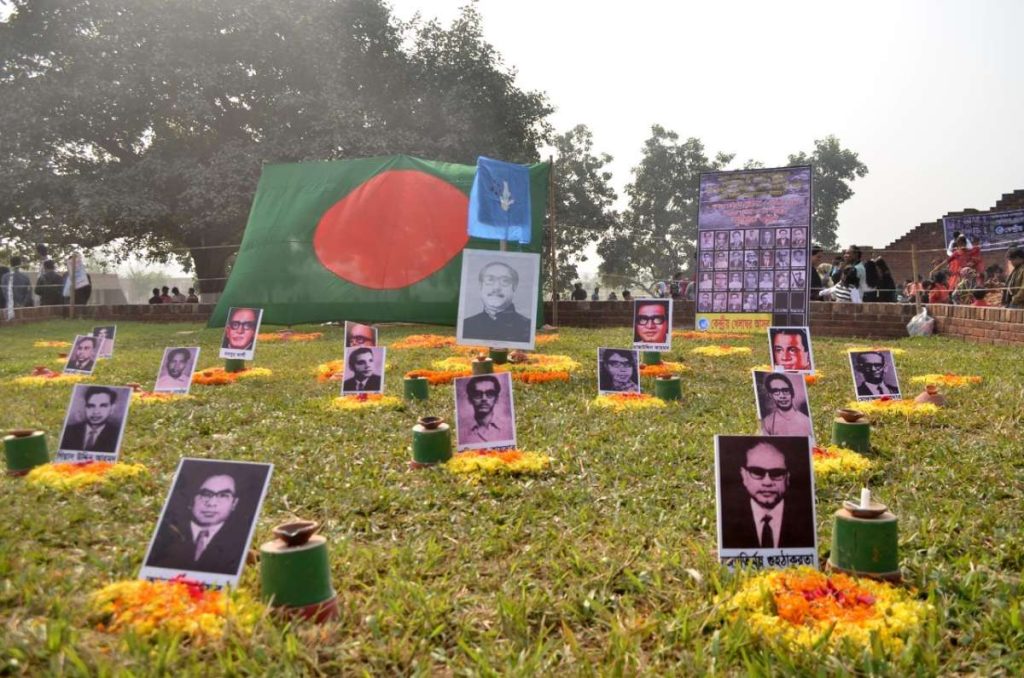
Across Dhaka, the bloodletting commenced, especially in the Dhaka University area. Students’ residential halls and the homes of teachers known for their Bengali nationalistic sentiments were the earliest of targets as the night progressed. At Jagannath Hall of the university, scores of students were mown down by the soldiers. The American journalist Sydney Schanberg, who along with other foreign newsmen, had been herded into the Intercontinental Hotel and would subsequently be flown out of Dhaka, remembered the horrors of the night only too well. As Gary J. Bass notes in his revealing ‘The Blood Telegram: India’s Secret War in East Pakistan’, “They” — Schanberg and other foreign journalists — “could see flames from Dacca University, which was a mile and a half away, where, Schanberg says, the army seemed to be shooting artillery.” In Schanberg’s words again, “They started shooting at students coming from the university, up the road about a mile. They were singing patriotic songs in Bengali. And then the army opened up. We couldn’t tell when they hit the ground if they were ducking or killed.”
For Scott Butcher, political officer at the American consulate, the genocide was well underway on 25 March. He too remembered being a witness, from his home in Dhanmondi, to a burning city. He remembered: “We could hear rhythmic firing which sounded like executions. One time a jeep with machine guns went roaring down our street. We could hear them firing off some rounds.”
The murder of Bengalis had been a cool and insensitively prepared affair. The army went into preparatory work on the genocide as early as February 1971 when, as Dr. M.A. Hasan notes in ‘Beyond Denial: The Evidence of a Genocide’, “On February 22nd 1971, General Yahya, General Hamid, General Pirzada, General Mitha, General Tikka Khan and General Iftekhar Janjua set down the operational plans for the genocide. This diabolical club was given the code-name, Operation Searchlight.”
Writing in London’s Daily Telegraph on 30 March (Tanks Crush Revolt in Pakistan: 7,000 Slaughtered, Homes Burned), Simon Dring (who had evaded being bundled out of Dhaka by the army by hiding on the roof of the Intercontinental Hotel and who later made a quick tour of the city before making it out of Dhaka) wrote: “After 24 hours of ruthless, cold-blooded shelling by the Pakistan Army, as many as 7,000 people are dead, large areas have been leveled and East Pakistan’s fight for independence has been brutally put to an end.”

The brutality was exercised at the university halls and at the Central Shaheed Minar, the symbol of Bengali nationalist militancy. The entire structure was blown up in the early hours of the genocide and a few bricks were placed amid the rubble, marking off the hallowed place as a mosque. The army had made up its mind: Islam had to be ‘reasserted’ in the rebellious province. That entailed destroying anything which pointed to things not Muslim in character or structure. The Kali Mandir, a powerful symbol of Hindu religiosity located in the Race Course, was blown to pieces a couple of days later. The soldiers then went after the Hindus around the temple, mowing them down furiously.
The offices of the People newspaper, behind Sakura restaurant slightly away from the Intercontinental Hotel, were put to the torch by the army. Z.A. Bhutto, who would not be escorted in safety to a Pakistan International Airlines (PIA) flight for Karachi until the morning, watched from his suite in the hotel the flames leaping up high… and then higher. He would cheerfully tell the media, on arriving at Karachi airport, “Thank God, Pakistan has been saved.”
In Dhaka, targeted killings by the army went on — on the campus of the university, in the old part of the city, at the police lines in Rajarbagh and at the headquarters of the East Pakistan Rifles (EPR) in Peelkhana. As 26 March dawned, soldiers barged into the home of the venerable academic, philosophy teacher Gobindo Chandra Dev, and shot the life out of him. They killed a teacher of mathematics at Dhaka University. They shot Jyotirmoy Guhathakurta, a scholar and respected teacher of English literature at the university, leaving him writhing in agony for a number of days before the life went out of him. From his quarters on the campus, from a safe corner of the window, the academic Nurul Ula secretly recorded on his movie camera the killing of students in a field by the army. As Simon Dring reported, “Caught completely by surprise, some 200 students were killed in Iqbal Hall, headquarters of the militantly anti-government students’ union. . . two days later the bodies were still smouldering in their burnt out rooms. . .”
Loren Jenkins filed a report for Newsweek: “From our windows in Dacca’s modern Intercontinental Hotel, we watched a jeepful of soldiers roll up to a shopping centre and, taking aim with a heavy machine-gun, open fire on a crowd. . . some fifteen young Bengalis appeared in the street about 200 yards away and shouted defiantly at the soldiers. The youths seemed to be empty-handed, but the soldiers turned the machine-gun on them anyway.”
Time magazine, in its 5 April 1971 report (Pakistan: Toppling over the Brink), saw the situation thus: “In Dacca, army tanks and truckloads of troops with fixed bayonets came clattering out of their suburban base, shouting ‘Victory to Allah’ and ‘Victory to Pakistan.’”
As night gave way to day, the genocide expanded in scope and ferocity. On Elephant Road, Lt. Commander Muazzam, a former accused in the Agartala Conspiracy Case, was dragged out of his home and murdered by Pakistan’s soldiers. In the cantonment, officers of the Pakistan army, led by Tikka Khan, enjoyed a hearty breakfast that included fruits, ‘fresh from West Pakistan’.
Brigadier A.R. Siddiqi, in charge of the army’s inter-services public relations (ISPR), writes of 26 March in ‘East Pakistan: The Endgame: An Onlooker’s Journal 1969-1971’: “Between the day before and now, Dhaka had moved from the path of protest to the road of death and disaster. The truckloads of slogan-chanting young protestors with bloodshot eyes, thirsting for revenge — now seemed to belong to some distant past . . . Dhaka was a ghost city; a monstrous skull with flies buzzing in and out of empty eye sockets.”
Siddiqi drove across sections of the city, coming up against bodies of Bengalis sprawled on the streets. On the evening of 26 March, as Yahya Khan went on the air denouncing Bangabandhu, Pakistan’s information secretary Roedad Khan, then in Dhaka, looked pleased. Siddiqi recalls, “Roedad’s face beamed as the president denounced Mujib as a ‘traitor’ and declared that the man ‘would not go unpunished’. ‘Yar iman taza hogia,’ (my faith stands revived), he said.”
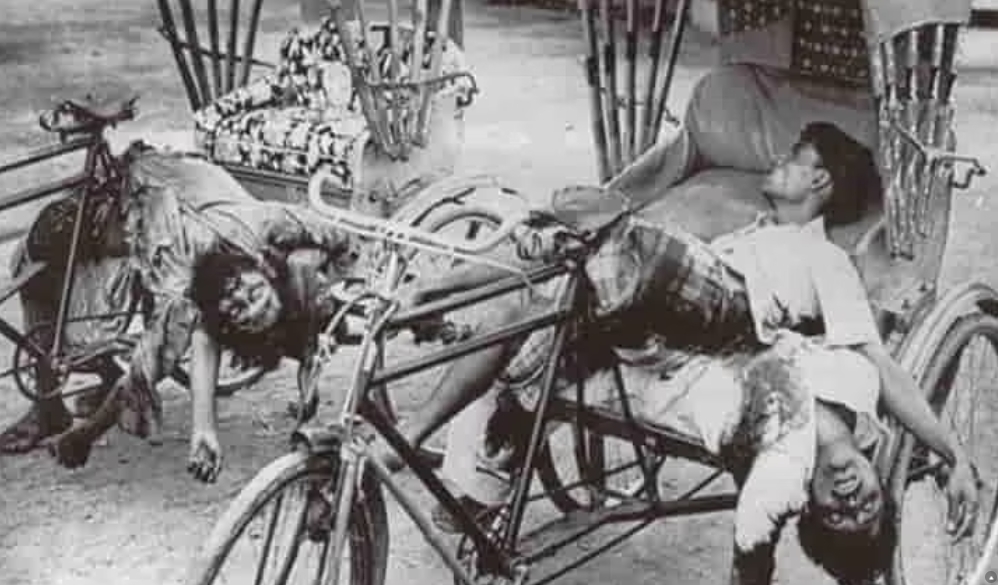
All night long on 25-26 March the killings went on. All day on 26 March the horrors kept piling up.
Scott Butcher remembered it all, related it all to Gary Bass: “I saw bodies rotting in the fields . . . I saw a decomposing body left in a main street, obviously left there as an example.”
The genocide went on, relentlessly.
This is the story that must now go out to the world, to the United Nations, to Amnesty International, to Human Rights Watch. They need to be told that back in 1971 it was not a civil war which tore Pakistan apart — it was a war for Bengali freedom in light of the perfidy of the Yahya Khan junta. They need to be enlightened with the hard truth as it came to pass on 25 March and the days thereafter.
Above all, the world must now be told why Genocide Remembrance Day matters for generations of Bengalis, now and in the times to be. It matters — because it preserves collective memory against forgetting — because it makes us wonder about the long, tortuous path history must travel before the onset of twilight. It matters — because it taught Bengalis long ago the meaning of steely resilience.


